SOLAR PANEL MAINTENANCE UTILIZING IOT
Solar farms are typically located in remote, harsh, and inaccessible environments such as desert plains and rooftops.1, 2 These factors create unique challenges for the maintenance of photovoltaic (PV) panels, including soiling (the accumulation of debris on the surface of the PV panel) and the high cost of periodic cleaning.2 Real-time diagnostics and early fault detection are also imperative for lowering cost, avoiding energy loss, equipment damage and safety hazards.1 There is a shift happening from a culture of breakdown maintenance to one of preventative maintenance, and IoT is becoming a popular way to address this.3
Remote Monitoring Systems
A remote sensing solution would be an ideal fit for this problem. Many different sensing modalities are available in the market. For example, a drone fitted with a thermal camera could be deployed. Another idea would be to use cameras coupled with AI that are distributed across the field. This system would reduce costs by monitoring soiling of PV panels. An alert would be generated when the panels need to be cleaned, minimizing unnecessary periodic cleaning and targeting cleaning to when it’s necessary, i.e. after a dust storm.
Deploying Cameras with HDR Technology
Daylight cameras would be more acceptable and effective, as PV plants can reduce maintenance costs and increase efficiency by more accurately alerting to soiling or defects compared to the current thermal monitoring techniques. PV panels are naturally situated in areas with bright sunlight and are reflective by default. This creates an imaging problem that can be solved using the latest High Dynamic Range (HDR) imaging techniques. HDR also allows high quality images to be taken in low light settings, such as at night.4
Sensors can also be integrated into existing IoT frameworks. This will allow real-time alerts to be transmitted back to home base and management of remote sensors. An example of such a framework when applied to PV panels can be found in 5.
How Labforge Utilizes IoT for Solar Panel Maintenance
Labforge’s Bottlenose and ICTN products are time and cost-effective means of mitigating these solar farm challenges. Multiple Bottlenose units could be positioned throughout the PV plant and could be programmed to alert for an array of issues, including damaged PV panels and soiling. By utilizing fixed mounted sensors, Labforge could drastically reduce the 30% error margin that’s recorded when using drone carried thermal cameras for automatic defects detection. Our cameras use dual 4K HDR, which would also increase accurate defect classification, when compared to poor resolution thermal cameras.1
To learn more about our cameras, please contact us.
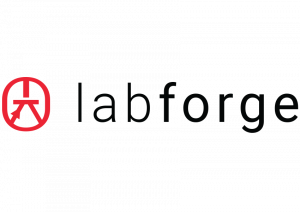
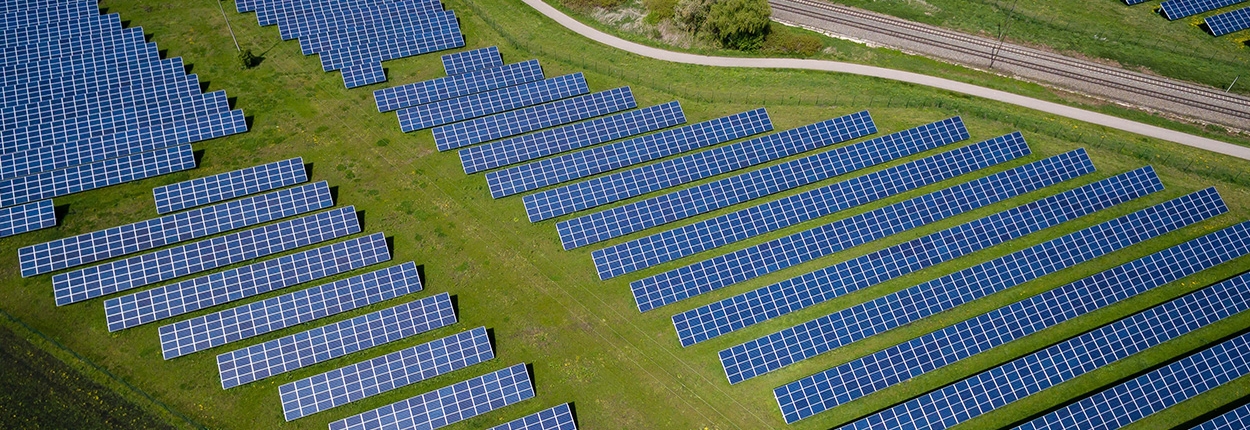
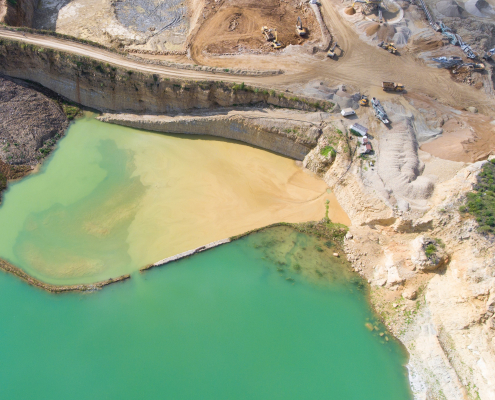
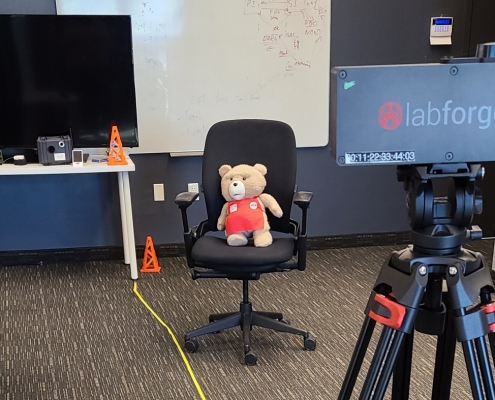
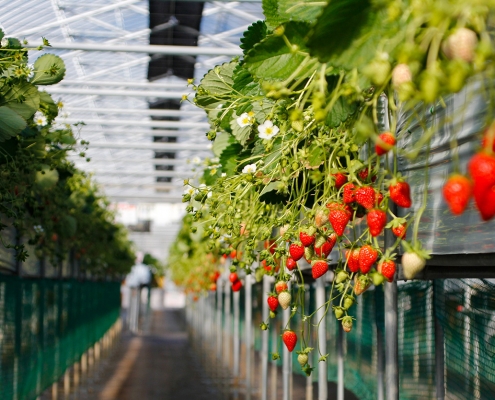 Nao Takabayashi
Nao Takabayashi Nao Takabayashi
Nao Takabayashi
I came across the article on the Labforge website titled “Solar Panel Maintenance Utilizing IoT.” While I don’t have access to the specific details of the content, I can provide some insights on the topic of utilizing IoT (Internet of Things) for solar panel maintenance.
Solar panel maintenance is essential for ensuring optimal performance, longevity, and maximum energy generation. Traditionally, maintenance practices for solar panels have relied on periodic inspections and manual monitoring. However, with the advancements in IoT technology, there are new opportunities to enhance and streamline maintenance processes.
The integration of IoT in solar panel maintenance involves connecting the panels to a network of sensors, data loggers, and monitoring devices. These devices collect real-time data on various parameters such as panel temperature, voltage, current, and overall system performance. By continuously monitoring these parameters, maintenance teams can gain valuable insights into the health and efficiency of solar panels.
One of the key advantages of using IoT for solar panel maintenance is the ability to detect and diagnose issues proactively. IoT-enabled sensors can identify anomalies or deviations from normal operating conditions, triggering automatic alerts or notifications to maintenance personnel. This early detection allows for timely intervention and preventive maintenance, reducing downtime and optimizing energy generation.
Furthermore, IoT technology enables remote monitoring and management of solar panel systems. Maintenance teams can access real-time data and performance analytics from anywhere, allowing them to remotely assess system health, identify potential faults, and make informed decisions regarding maintenance activities. This remote capability reduces the need for physical inspections and streamlines maintenance operations.
IoT also plays a crucial role in data-driven decision-making for solar panel maintenance. The data collected from IoT sensors can be analyzed using advanced analytics techniques and machine learning algorithms. This analysis provides valuable insights into the performance trends, energy production patterns, and potential areas for improvement. By leveraging this data, maintenance strategies can be optimized, and predictive maintenance models can be developed, resulting in increased efficiency and cost savings.
It’s worth mentioning that while IoT offers numerous benefits for solar panel maintenance, proper implementation, and cybersecurity measures are crucial. Protecting the data collected from solar panel systems and ensuring the security of IoT devices and networks is essential to prevent unauthorized access or potential disruptions.
In conclusion, the utilization of IoT for solar panel maintenance presents exciting opportunities to enhance monitoring, diagnostics, and decision-making processes. By leveraging real-time data and remote monitoring capabilities, maintenance teams can proactively address issues, optimize system performance, and maximize energy generation from solar panels.